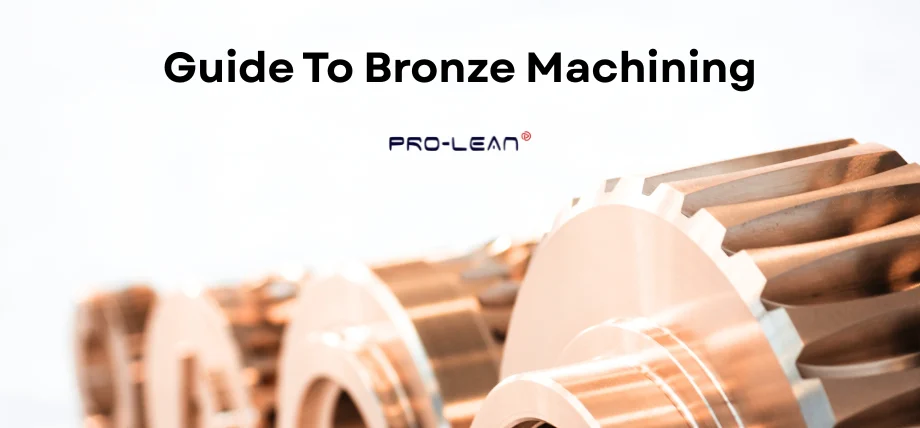
Guide To Bronze Machining
Bronze has been used to craft stunning sculptures and artifacts since the beginning of time. Modern-day bronze machining uses CNC machines and high-precision machining to efficiently remove material from bronze alloys.
Bronze comes in many alloys and grades, making bronze machining critical as machining parameters change from grade to grade. CNC machining bronze typically uses turning and milling operations with some features requiring drilling, tapping and grinding depending on the complexity.
What Is Bronze Machining?
Bronze machining is the process of cutting, shaping, and forming bronze alloys. Bronze is an alloy of copper and tin, known best for its strength and resistance to corrosion.
Bronze has a reddish-brown color and is valued for its aesthetic finish and look. It is softer than stainless steel and can be machined easily and quickly. Bronze machining uses tools like drills, end mills, lathes, and CNC machining bronze particularly uses CAD designs and automatic adjustments to create complex designs.
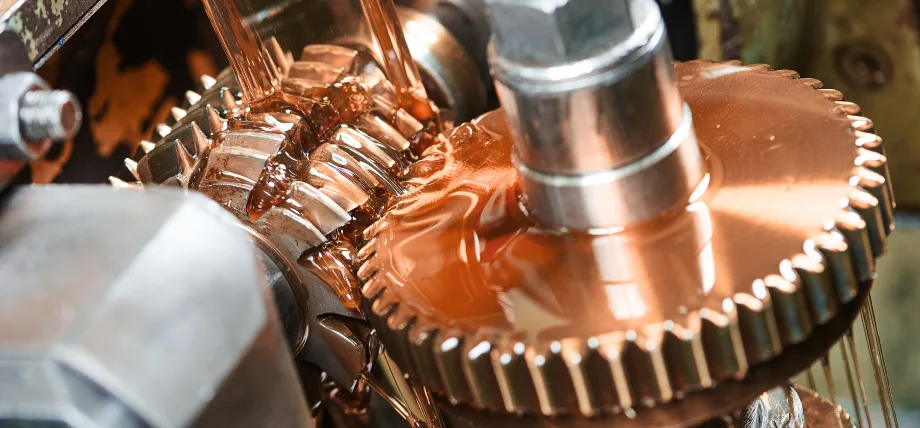
Bronze Gear Being Machined
Try Prolean Now!
What Bronze Alloys Are Suitable For Machining?
The use of different bronze alloys in your machining process will yield different properties and outcomes. Here are some of the most common bronze alloys that are suitable for machining:
Aluminium Bronze
Aluminum bronze is made of copper and aluminum, with other elements like iron, nickel, and silicon addedl. The result is a robust material with excellent resistance to corrosion and high wear resistance.
It is used mostly in the marine industry for propellers, pumps, and fastenings, along with aircraft landing gear, jewelry, architecture, and industrial engineering.
Phosphor Bronze
Phosphor bronze is a mixture of copper with tin and phosphorus to create a tough, low-friction material that is popular for producing springs, bearings, and other electrical contacts. It might contain other elements as well to strengthen resistance and stiffness.
Bearing Bronze
Bearing bronze works best in high-pressure situations thanks to its low-friction properties and high wear and tear resistance. It gets its name “Bearing Bronze” from being the preferred ingredient for machining gears and bearings.
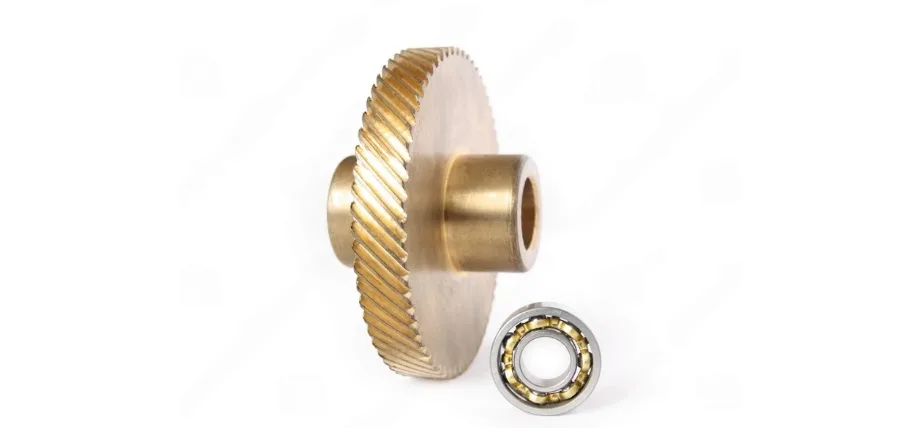
Bearing Bronze
Silicon Bronze
Silicon bronze is a corrosion resistant bronze that is made of 96% copper, a bit of silicon, and other alloys like manganese and zinc. It is popular in CNC machining because of its strength and self-lubrication that reduces friction and wear and tear when used in fasteners, marine hardware, and bearing components.
Try Prolean Now!
Bronze Machining Process
Once you have your bronze alloy selected for your CNC machining process, you’re ready to proceed with the next stage. All you need to do is follow some key steps:
Alloy Selection
Select the right bronze alloy workpiece or blank for machining according to your requirements.
- C93200 (Bearing Bronze): Heavy in lead (about 7% to 9% of the makeup), this is an alloy for bushings, bearings, and gears or similar moving parts under moderate load where good lubricity and wear resistance are desired.
- C95400 (Aluminum Bronze): Durable with good in corrosive environments, aluminum bronze is used in high-load applications including valve components, pump parts and aggressive service marine hardware.
- C54400 (Phosphor Bronze): This alloy incorporates phosphorus to enhance toughness and fatigue resistance, making it effective for use as springs, electrical connectors, and precision instruments where flexibility and durability are crucial design criteria.
- C65500 (Silicon Bronze): This weldable alloy has excellent corrosion resistance for saltwater applications and is often machined into bolts, fasteners and architectural fittings where both form and function matter.
Set Up CNC Machine
Then, secure your bronze piece on your CNC machine and begin the process of craving, drilling, and shaping it as you want.
The machine automates the operation, but you should keep an eye on the speed and feed rates so that the bronze is cut exactly according to your specifications.
Regularly Check Tooling
Reduce tool wear by using the right water-soluble or oil-based coolants designed for bronze. This will reduce friction and keep the machining set-up cool to prevent overheating during heavier work.
Finishing
The machining process finishes with a thorough removal of rough edges and protruding parts left over from all the cutting and shaping. You can clean and polish the bronze workpiece to give it a shiny finish.
In some cases, you might need to heat treat bronze to improve its toughness and corrosion resistance.
Quality Control
The final stage involves inspecting your work for quality and ensuring that it is according to your exact specifications and dimensions.
CNC Turning Bronze
CNC turning bronze uses a rotating chuck in a lathe machine where the bronze workpiece is attached. As the workpiece rotates at high speed, a single-point cutting tool moves in to shape the material radially.
Most CNC turning operations are automatic and use a G-code to automatically adjust the feed rates, chuck speed and coolant flow.
CNC Milling Bronze
CNC milling bronze focuses on parts that are more complex in terms of shape and features. CNC milling uses a computer numerical control to create precise cuts, shapes and features in the bronze.
CNC milling uses a rotating cutting tool and a fixed bronze workpiece. It is a subtractive machining process that uses instructions from a CAM file and generally cuts rectangular workpieces.
Bronze CNC milling uses carbide end mills to cut bronze. It is preferred to use TiN coatings on carbide tools to prolong the life of the tools. Machining bronze produces gummy chips and a water-based solvent can remove these chips away from the cutting region.
- Feed: 300 – 800 RPM and a feed rate between 0.002 to 0.005 inches per tooth.
- Coolant: Water-based coolant or dry machining at slower speeds for small parts.
CNC Machining Bronze Challenges and Solutions
Machining bronze using CNC machinery comes with its fair share of advantages in terms of precision, efficiency, and effectiveness. However dealing with bronze can be tricky, and you can often run into specific challenges.
Brass Material Gummyness and Buildup
Bronze and especially its alloys like phosphor bronze (C54400) can be “gummy,” or sticky, leading the material to smear on the edge of the cutting tool (called built-up edge, or BUE), which ultimately creates a dull tool and destroys the surface finish.
To reduce sticking, use sharp, polished carbide tools — uncoated or with a low-friction coating like TiN.
Use a water based lubricant that can flush away chips and debris away from the machining areas. For dry setups, compressed air works but watch for heat.
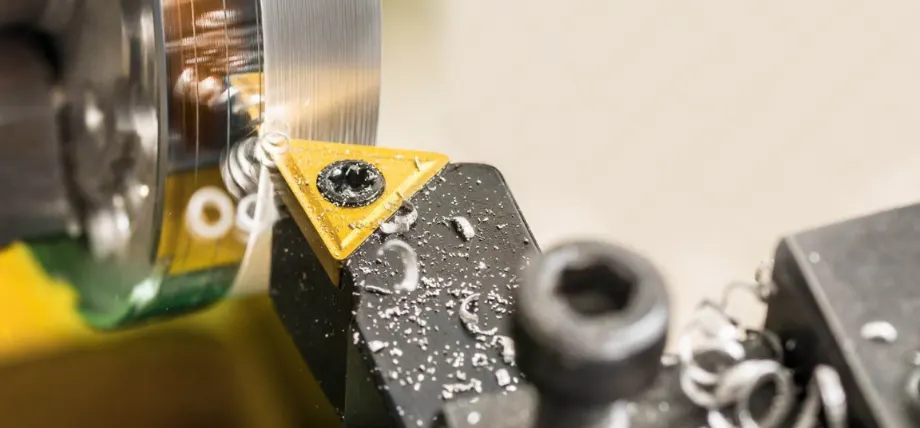
Turning metal piece
Work Hardening
Bronze will harden at the surface if either the material is cut too aggressively or an insufficiently sharp tool is used for subsequent passes, risking tool breakage and/or excessive wear.
Use very shallow cuts, depth of cut and 0.020 to 0.050 in. for roughing, and smaller for finishing, to prevent overload. Turn feeds similar of around 0.002–0.005 in./tooth. Maintain sharp tools, and replace them proactively; dull tools are a contributor to hardening.
Heat Generation
Friction at high speeds or substantial cuts can create enough heat to deform the work-piece or tool, in which case thermal expansion or tool wear will occur.
To solve this, keep spindle rates moderate depending on the alloy for example 300-800 RPM in the range with respect to tool diameter. Use coolant to control the heat and extend tool life.
Minimize continuous cutting time (i.e., stepped roughing of the workpiece instead of one deep pass).
Chip Management
Remove continuous chips that clog the workspace, wrap around the tool, or scratch the part when machining bronze.
Employ tooling with chip-breaking geometries (high helix end mills for milling, etc.)
Increase the feed rate a little bit to create shorter chips, but not to the point that will push the tool. Coolant or air blasts should blow chips out of the way.
Alternative To Bronze In Machining
As you’ve uncovered in this article, bronze is a fantastic material to use in machining. However, there are other options you can also consider depending on what your project requires.
Quality ControlBrass
Brass
Brass is often considered to be a better alternative to bronze if your work requires a lighter-weight material with greater electrical conductivity. It is easy to work with thanks to its versatility and the price factor. Brass is generally a lot cheaper than bronze and other substitute materials like copper.
Copper
Copper is another alternative that works best in environments where high electrical and thermal conductivity is essential. Some find it easier to work with than both bronze and brass, especially as it maintains the qualities of high corrosion resistance and flexibility. However, copper is softer than bronze, so you might have a hard time applying it in a project that prioritizes long-term durability.
Steel
Steel beats the strength and corrosion resistance of bronze any day, while also withstanding the use of chemicals and extreme temperatures. Stainless steel, especially, is very well resistant to rust and corrosion.
Aluminum
Aluminum in CNC machining is generally easier and faster to work because of its lightweight. It works best in situations where you need high-speed machining, good heat conductivity, and lightweight parts.
Aerospace parts and automotive components frequently use aluminum machining.
Bronze Machining Services at Prolean-Tech
Are you looking to source top-quality bronze alloy machining? At Pro-lean Tech we not only provide high-precision brass machining services but boast a stockpile of bronze alloys with exact UNS standards.
Reach out today for a free consultation on your bronze project.
Conclusion
Bronze stands out as a versatile material that has good strength, corrosion resistance, and aesthetic. While machining bronze comes with many challenges, the right tooling and feed rates can remove any hurdles.
Bronze is used in bearings, gears, bushings, industrial machinery proving that high precision machining and correct tooling can produce complex bronze pieces.

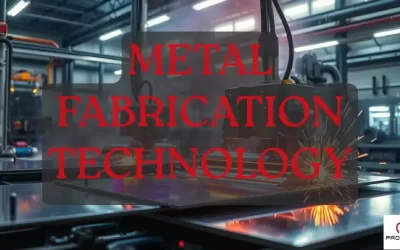

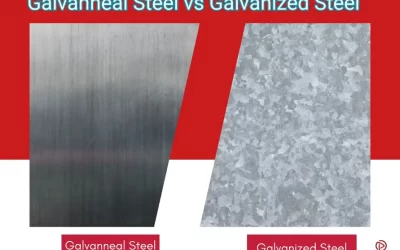
0 Comments